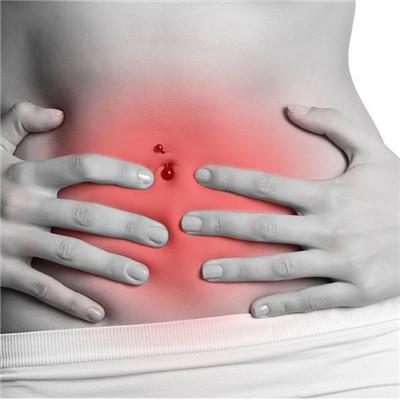What are the symptoms of cerebral thrombosis?
summary
In all the cardiovascular and cerebrovascular diseases, cerebral thrombosis should be a more common disease, because now there are many elderly people in the society have suffered from cerebral thrombosis, and their lives have changed a lot because of cerebral thrombosis, so what are the symptoms of cerebral thrombosis? Now let's talk about it.
What are the symptoms of cerebral thrombosis?
The onset of cerebral thrombosis is acute, and often begins in one side of the upper limb, and then in a few hours or one or two days, the symptoms of neurological dysfunction progressively affect the other parts of the limb. Many people with cerebral thrombosis are not accompanied with headache, vomiting and other intracranial hypertension symptoms. Secondary brain edema within a few days after occlusion of the larger artery can worsen the symptoms and lead to disturbance of consciousness. Severe brain edema can also cause fatal intracranial structural displacement (brain hernia).

Middle cerebral artery and its deep perforating branches: most easily affected, with contralateral hemiplegia (severe degree), unilateral numbness (loss of sensation), homonymous hemianopia, aphasia when the main hemisphere (usually the left side) is involved, apraxia when the non dominant hemisphere is involved.

Internal carotid artery system: hemiplegia, hemiparesthesia, hemianopia and mental symptoms are the most common, the main side of the disease still has different degrees of aphasia, apraxia and agnosia, there are also primary optic atrophy on the lesion side, there are characteristic blindness on the affected side with contralateral hemiplegia, known as black cross paralysis, Horner's sign, oculomotor nerve paralysis, and retinal artery pressure drop.

matters needing attention
The daily normal drinking water volume should reach 2000 ~ 2500 ml. for the elderly, more drinking water is needed. To varying degrees, the blood of the elderly has the characteristics of concentration, viscosity, aggregation and coagulation. Drinking more water is conducive to reducing blood viscosity and cerebral thrombosis, which has the characteristics of concentration, viscosity, aggregation and coagulation. Drinking more water is conducive to reducing viscosity and reducing the risk of cerebral blood test.


















